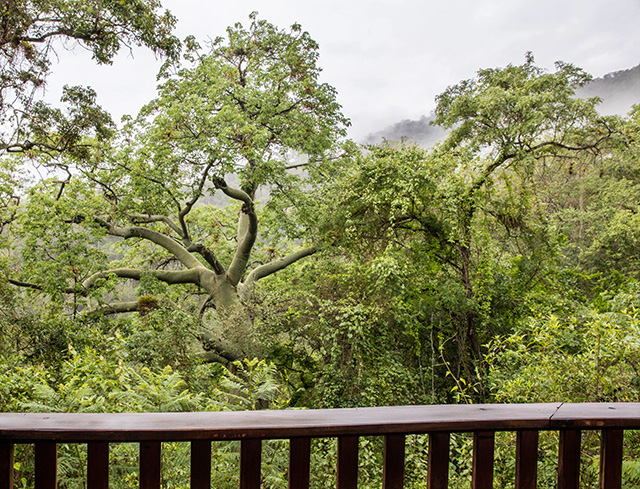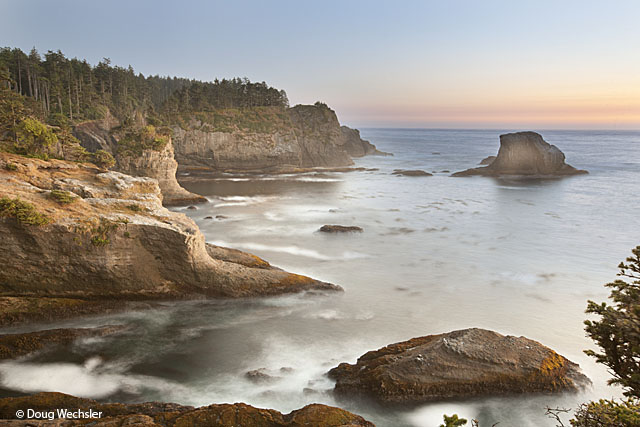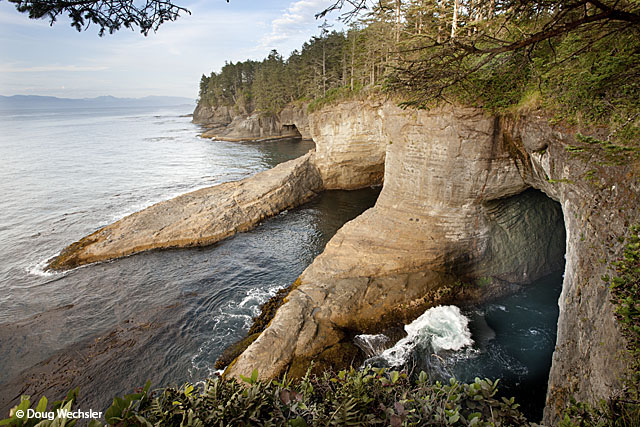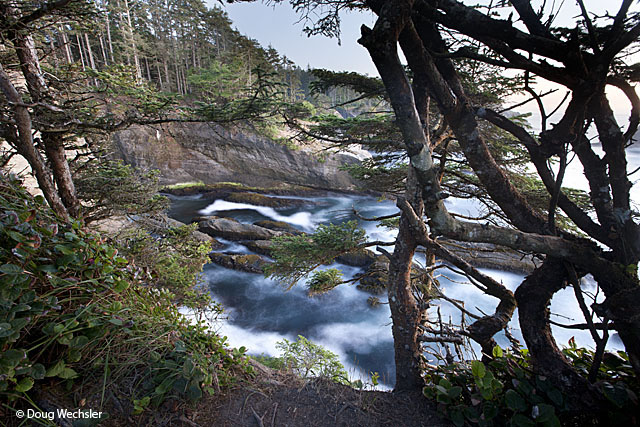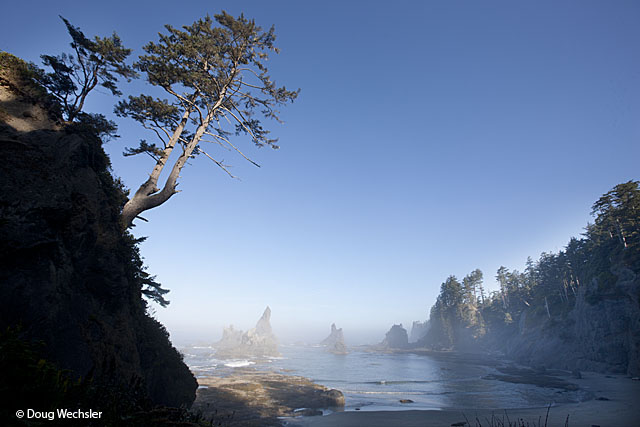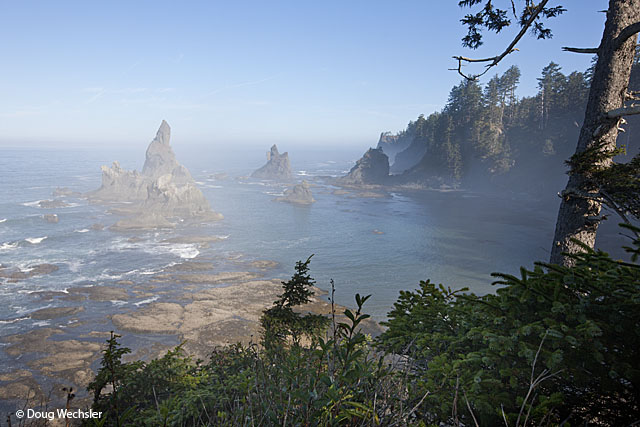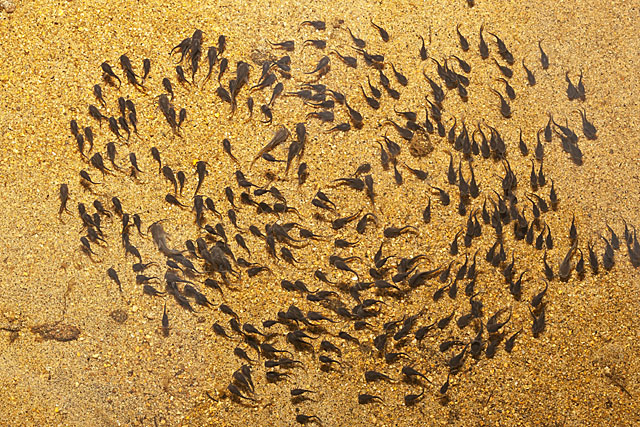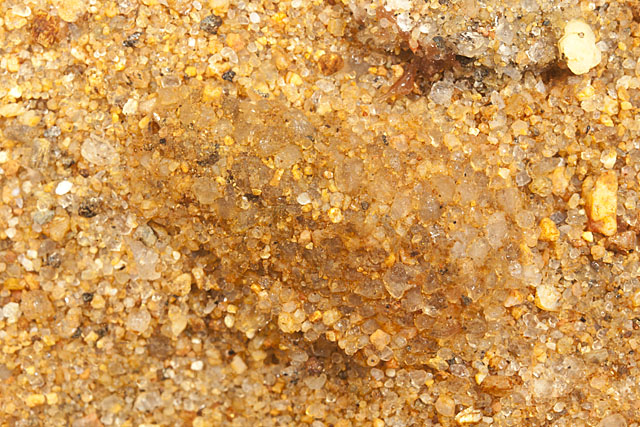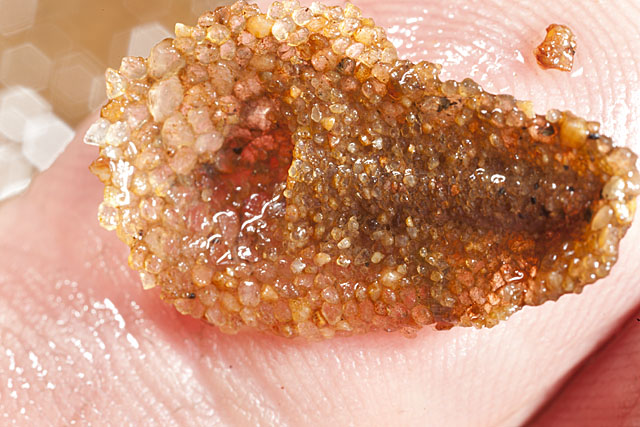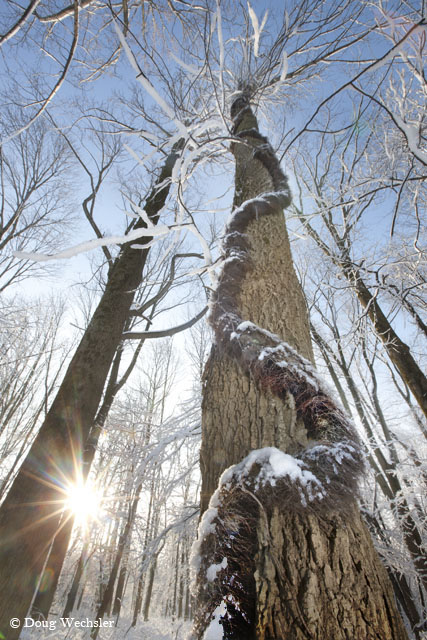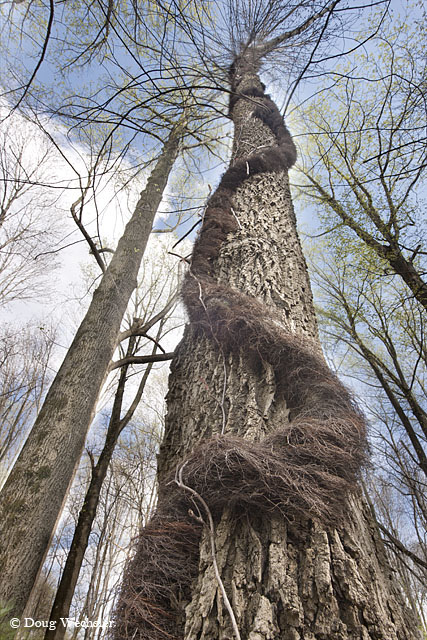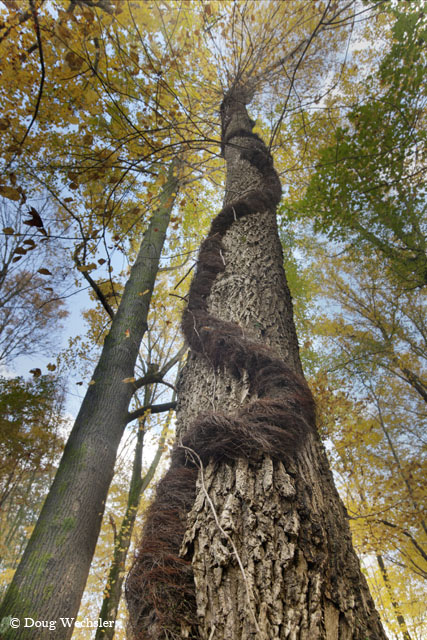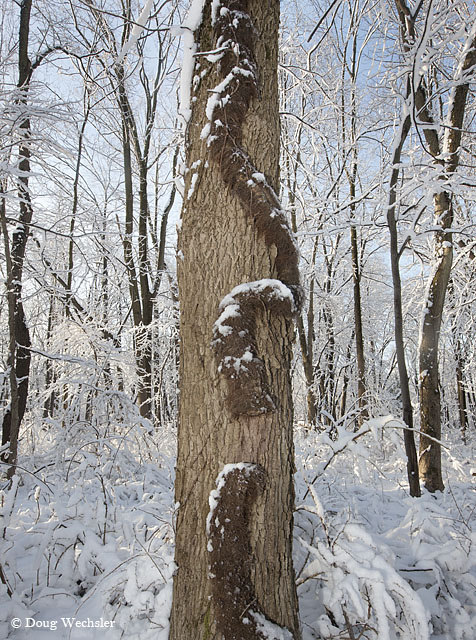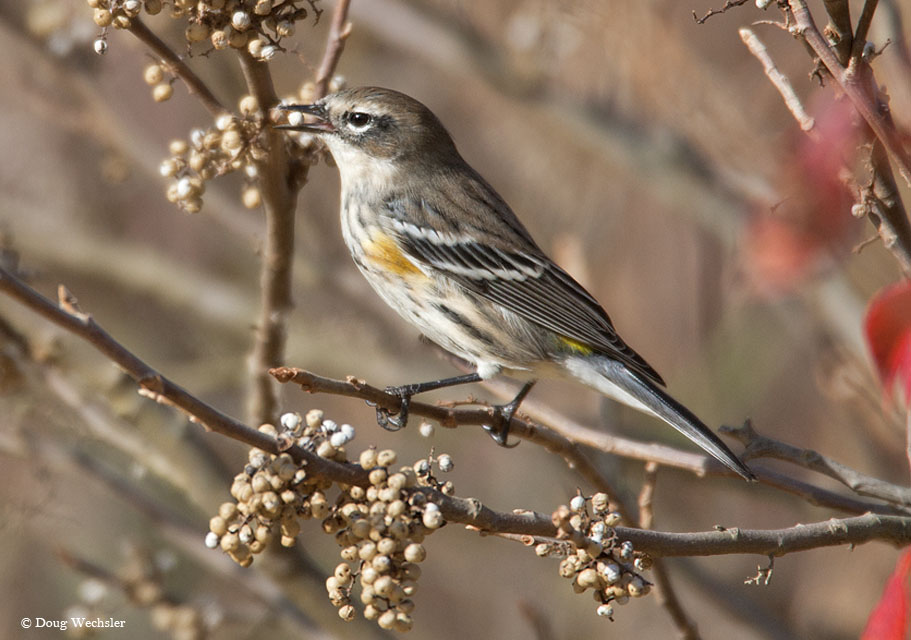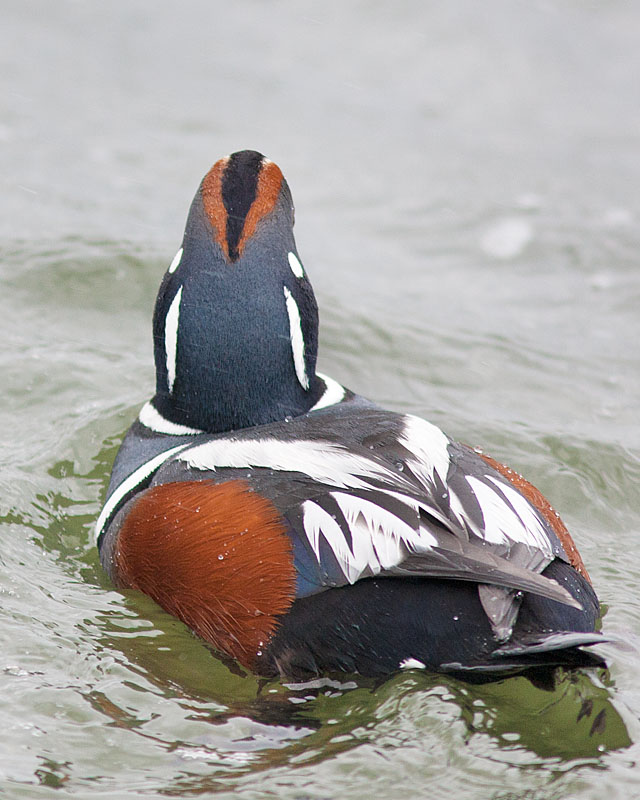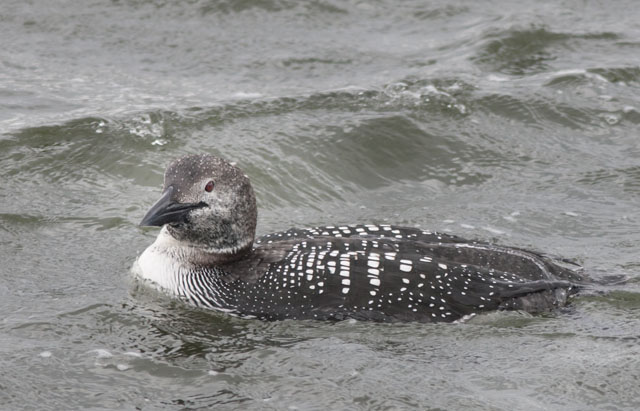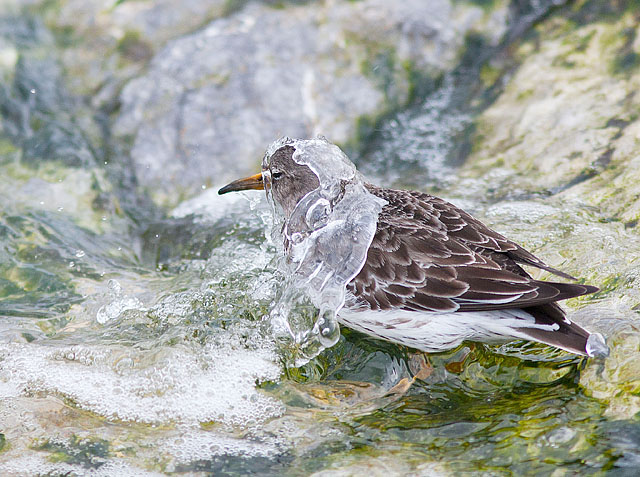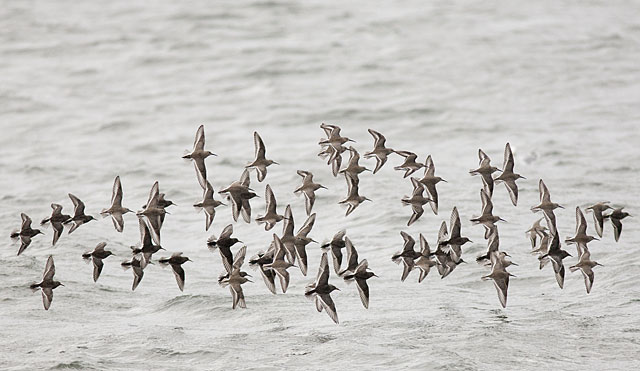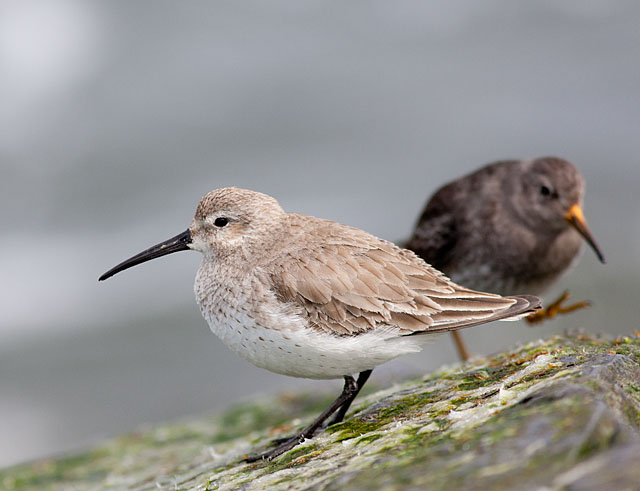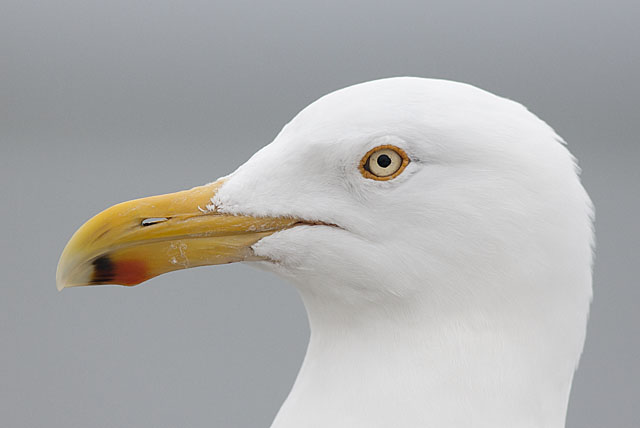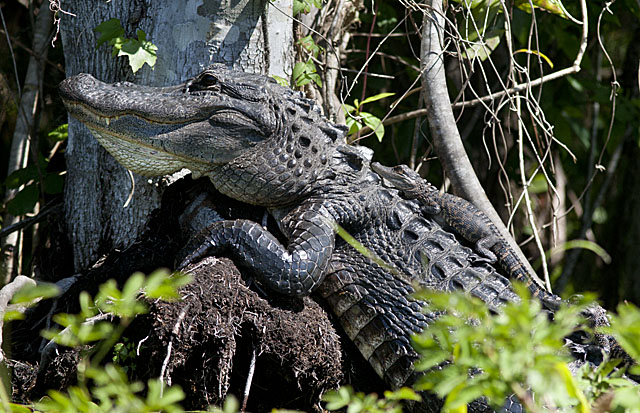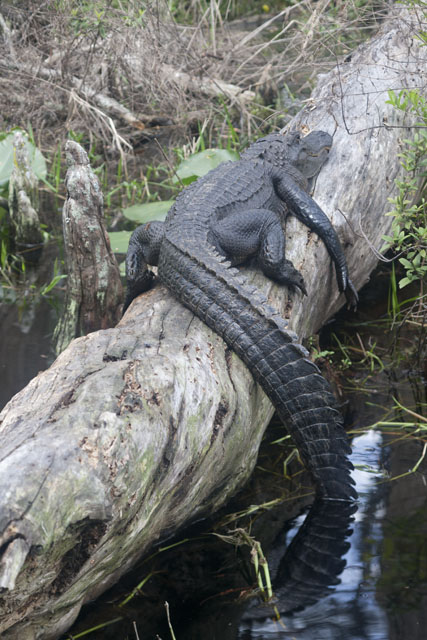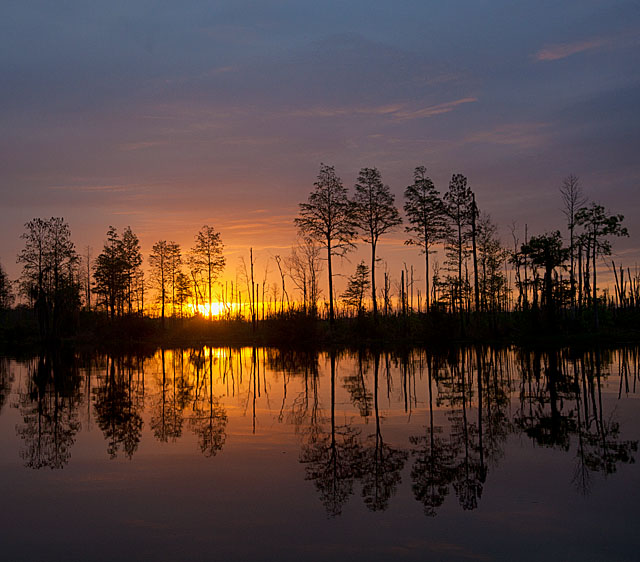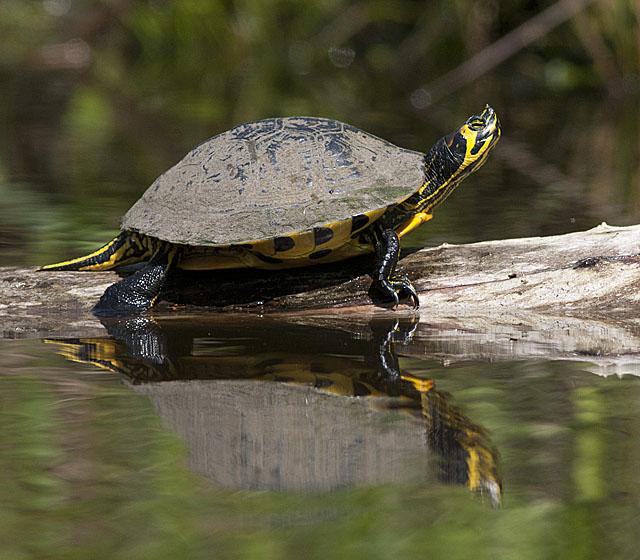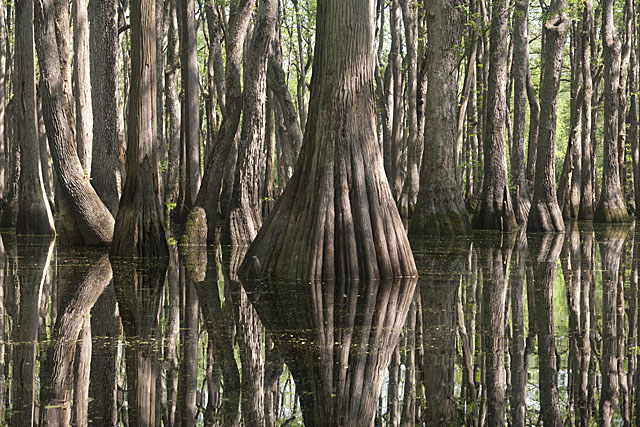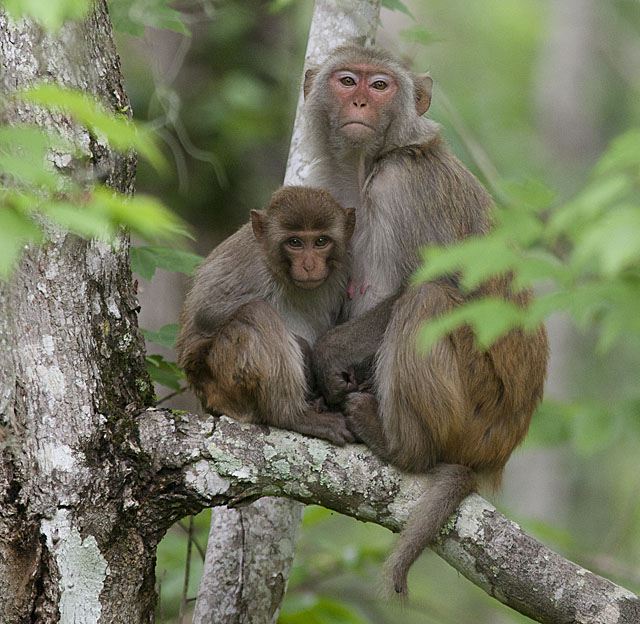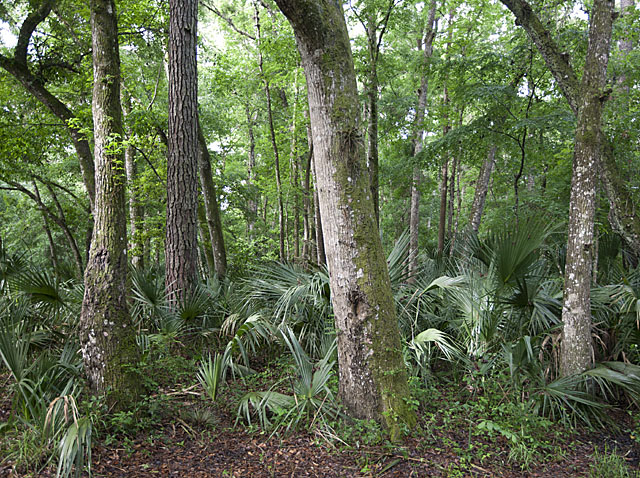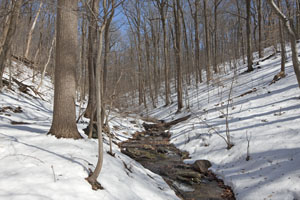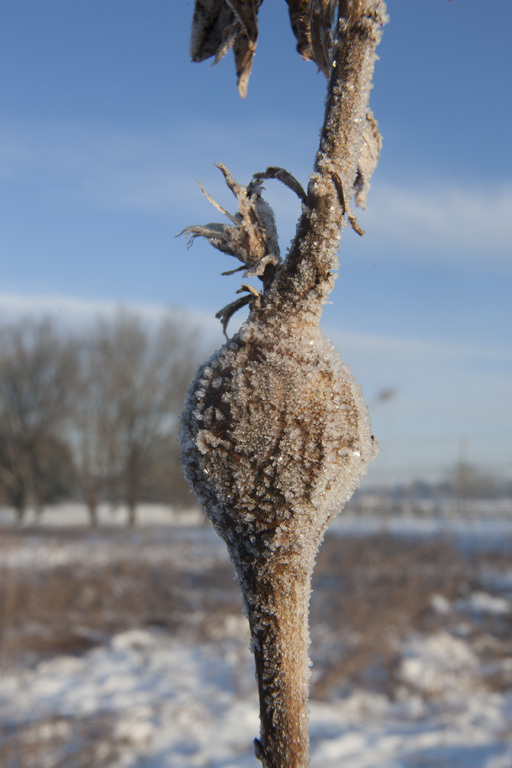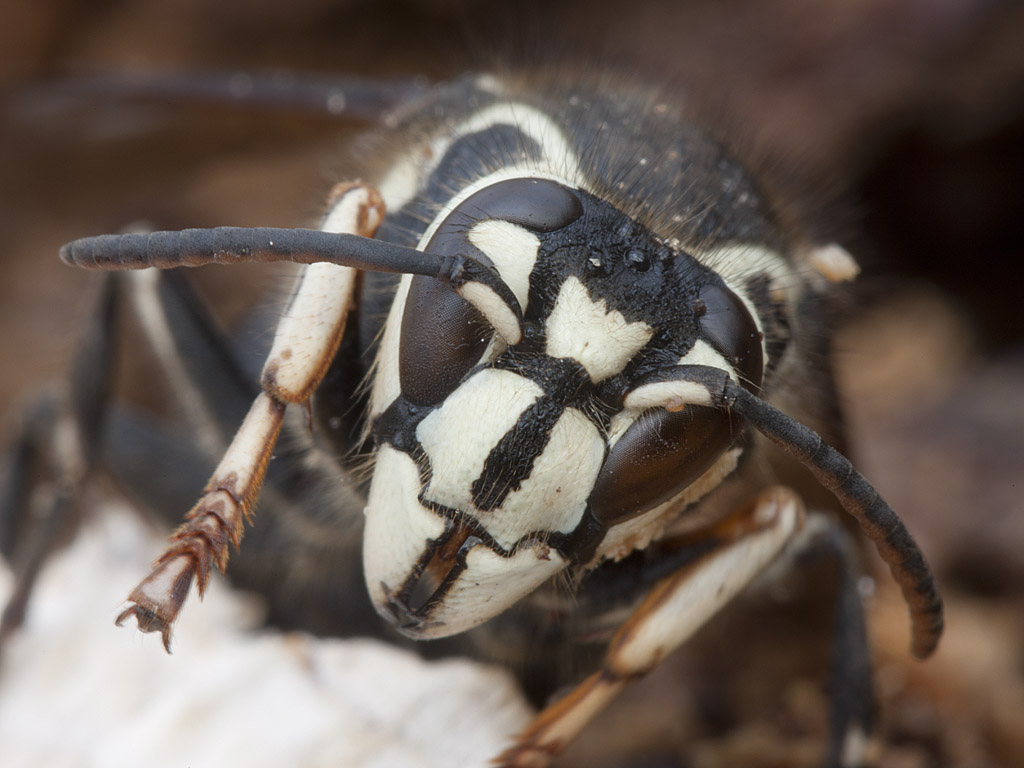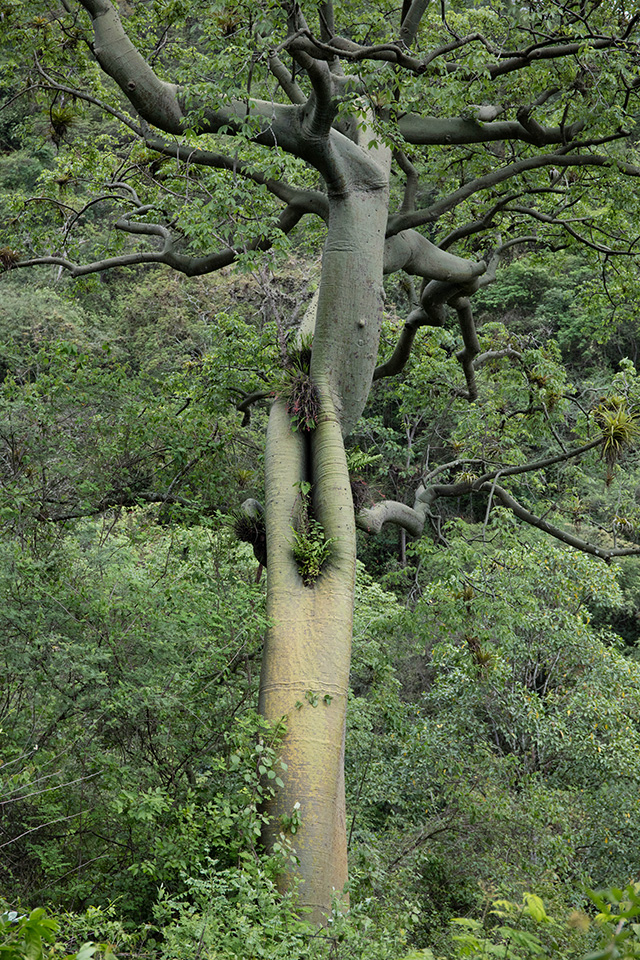 Ceibo, Ceiba trichastandra, or ceiba in English, is the grand tree of Jorupe Reserve. Because the wood rots easily and is of little value, these grand trees dominate this reserve where many of the more valuable trees were cut. The open branching of the ceiba and its emergent position in the canopy, make it a great place to observe birds. Three species of becards, for example, may nest in a single tree.
Ceibo, Ceiba trichastandra, or ceiba in English, is the grand tree of Jorupe Reserve. Because the wood rots easily and is of little value, these grand trees dominate this reserve where many of the more valuable trees were cut. The open branching of the ceiba and its emergent position in the canopy, make it a great place to observe birds. Three species of becards, for example, may nest in a single tree.
-
Recent Posts
Recent Comments
- berryessa on Cloud Forest of Tapichalaca Reserve
- dominikhofer@bluewin.ch on Copalinga: Moth Mania
- dominikhofer@bluewin.ch on Copalinga Butterfly Bonanza
Archives
- November 2023
- July 2023
- March 2023
- February 2023
- March 2021
- July 2020
- June 2020
- February 2019
- January 2019
- December 2018
- March 2018
- February 2018
- January 2018
- June 2017
- March 2017
- February 2017
- January 2017
- December 2016
- April 2016
- March 2016
- February 2016
- January 2016
- September 2015
- August 2015
- March 2015
- May 2014
- February 2014
- December 2013
Blogroll
Other

